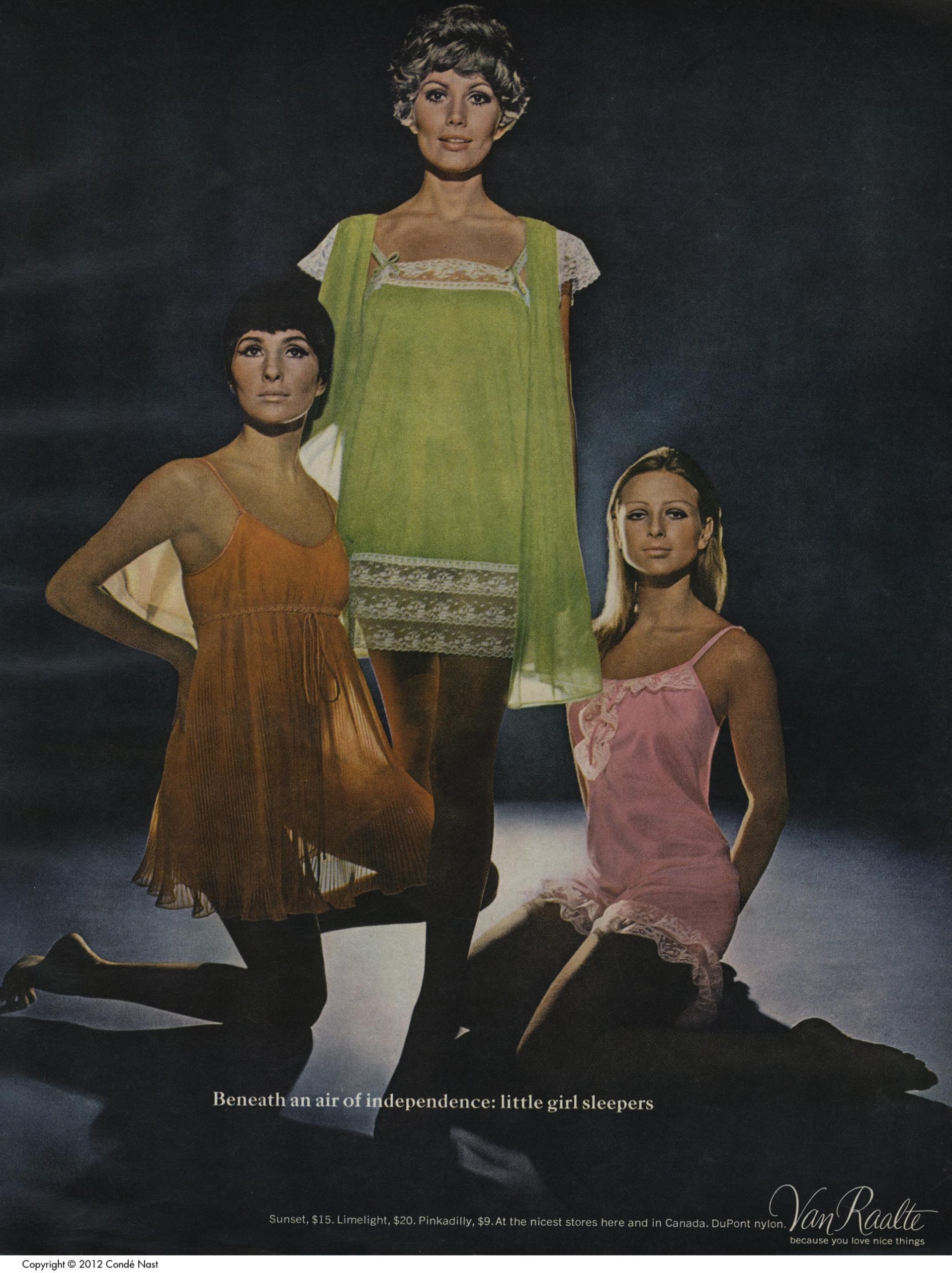
by Gwyn Conaway
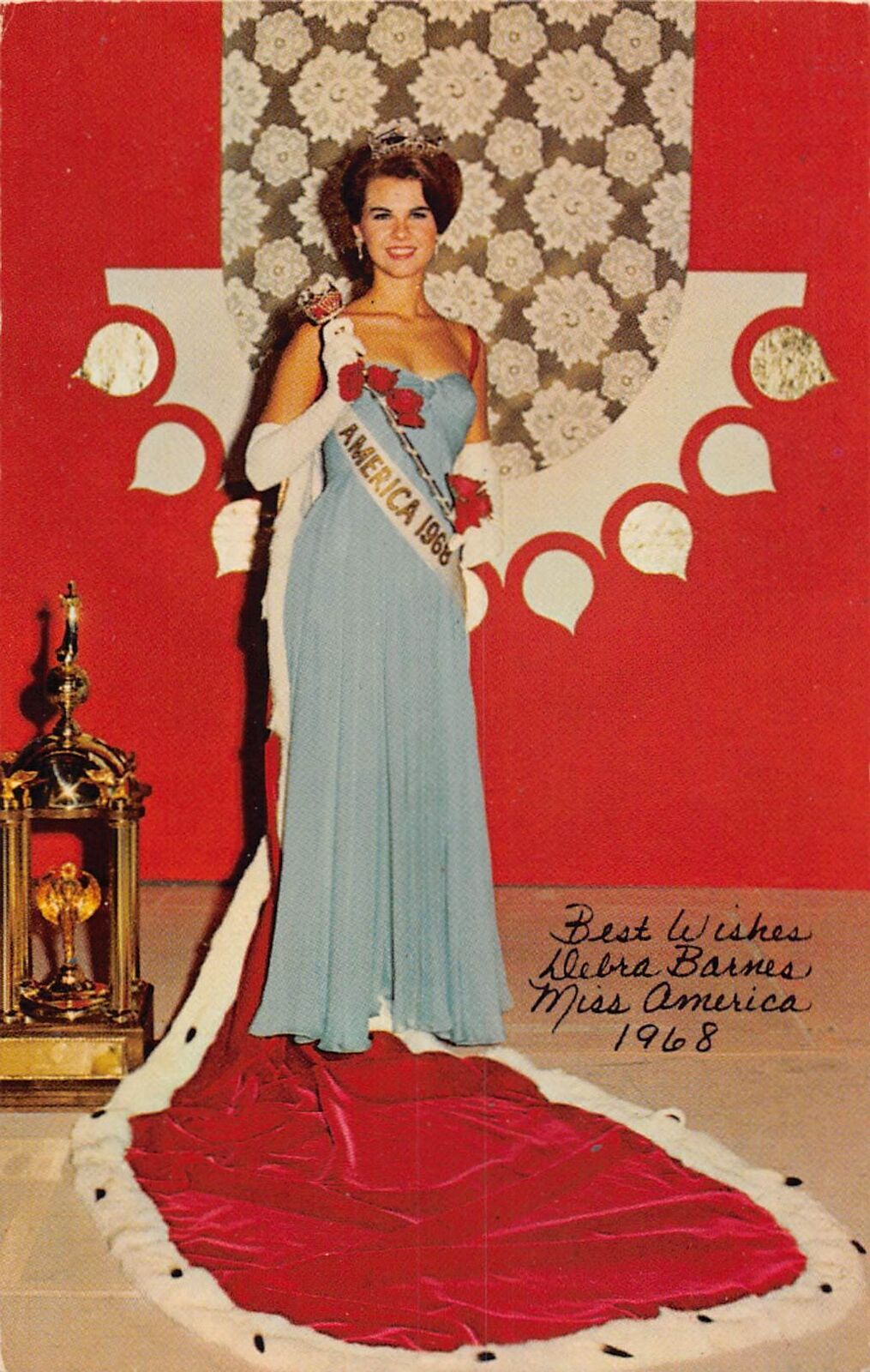
On September 7th 1968, Debra Barnes, also known as Miss Kansas, won the crown of the Miss America Pageant in Atlantic City, sharing the spotlight with protestors that managed to hang banners during the live broadcast and spark a nation-wide controversy over women's liberation.
“The personal is political.”
This astute piece of wisdom, born of deep discussions in the rising New York Radical Women group this summer, was voiced by one of its leaders, Carol Hanisch. She’s the feminist mastermind behind the Miss America Pageant protest that happened just two weeks ago on the Atlantic City boardwalk outside of the live broadcast of the event on the seventh of September.
When it comes to a woman’s image, she couldn’t be more on the nose. Women’s beauty has been touted as the ultimate symbol of the successes of nations, militaries, companies, and men. Even the origins of the Miss America Pageant are rooted in consumerism and marketing.
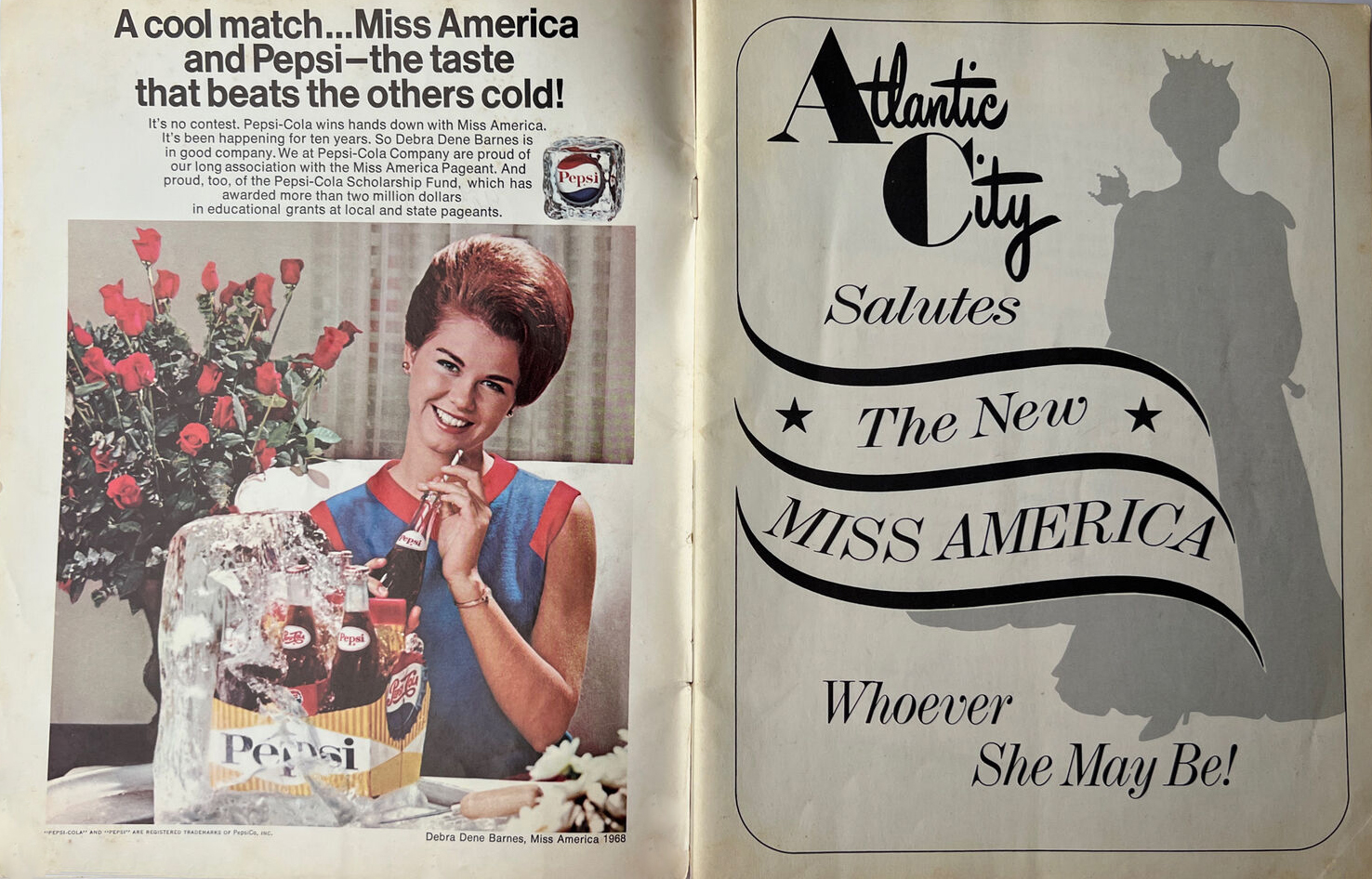
Miss America has two key duties after her coronation. Product placement and stimulating the economy is the origin of the pageant, and no surprise now includes brand sponsors such as Pepsi. Her other obligation, however, is touring the U.S. troops. The New York Radical Women call the latter a "death mascot."
In 1921, the first Miss America pageant was held just after Labor Day to lengthen the resort season and bring more revenue to the New York and Jersey coasts. The contest was described as an evaluation of a woman’s “personality and social graces,” with an initial round of judgment conducted by photograph–a medium, I should mention, that is hard pressed to showcase either of these laudable traits.
Within a score of years, the requirements for the pageant became clearer, though surely they were a requirement from the start. A contestant was to be a white woman in good health, never married, between the ages of 18 and 28. All the accolades that she brought with her were expected to be mildly bland, uninspiring, and only the sort of polite conversation one has with their in-laws. The Goldilocks Rule aboundeth: Not too hot, and not too cold. This contradictory manner was invented to define the Modern Woman by none other than Charles Dana Gibson, a male illustrator-turned-editor for Life magazine, once again linking the idea of women's beauty, national identity, and consumerism from the male point of view.

When Women Are Jurors, studies in expression by Charles Dana Gibson, 1902.
When New York Radical Women organized the protest outside of Boardwalk Hall, the history of the pageant was baked into its message of decrying the tradition's inherent sexism. Performances of being shackled and mopping the boardwalk with an infant in hand, for example, were meant to visually represent the unending pressures of Western women. Caricatures of the contestants were labeled as a cattle auction, and even a sheep draped in a banner that read “Miss America” was paraded around the picket line throughout the day.
But perhaps the most provocative element of the protest was the now infamous Freedom Trash Can.

Protestors throw their objects of oppression into the Freedom Trash Can on the Atlantic City boardwalk. Contrary to popular belief, no bras were burned that day, though organizers claim they'd wanted to do so in solidarity with recent draft card burnings.
Yes, the one into which women threw their objects of oppression: lash curlers and fakies, nylons and office pumps, girdles, wigs, lipstick, gloves, the Cosmopolitan… The one you’ve no doubt read mention of in the Atlantic City Press’s scorching article, “Bra-burners blitz boardwalk.” The assumption that women burned their effects seems trollish sensationalism from my point of view, though. In looking through statements from Carol Hanisch, she mentions they had intended to burn them, much like veteran draft cards in the protests on the lawn over the summer, but were instructed not to. The protest happened on a wooden boardwalk, after all.
The image of burning one’s brassiere is so striking that it will surely live in infamy, and I won’t be surprised if it happens during feminist protests in the future. Truthfully, it’s already become a double-edged sword. While women might choose to honor the efforts of the activists who came before them through bra-burning, their critics will latch onto it as well, claiming it a symbol of anarchy. To think, choosing one’s own most personal garments could be such a political threat.
However, harking on the Miss America Pageant alone only tells half of the fascinating tale of this year’s beauty brawl. The New York Radical Women’s protest revolved entirely around the misogynistic use of women as a patriotic trophy and how it signaled to American women what mainstream beauty standards should be in the eyes of male judges. But focusing on the pageant by nature necessitated the whole-cloth exclusion of brown and Black women who, as I laid out in the rules of the pageant, were barred from participation.
While white women in the United States have been oppressed by the gender extremes of our society for centuries, Black and brown women haven’t been included at all in the definition of ideal beauty. This means their struggle has been two-fold, balancing the incorrigible partnership of the legacy of slavery and a beauty standard that expects their hair, features, and physique to mold itself after the white ideal.
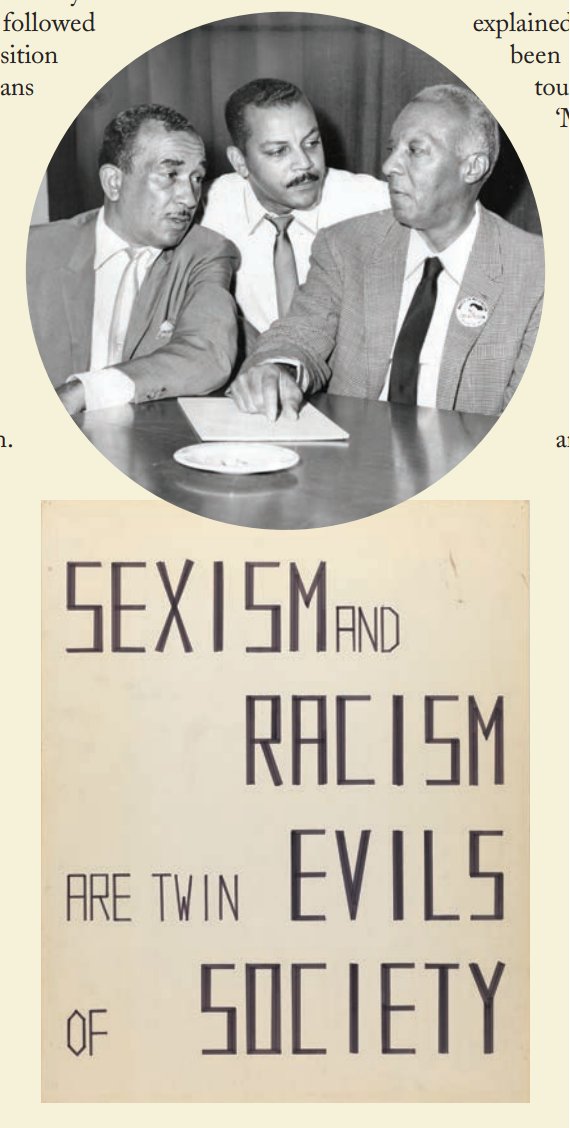
Phillip Savage (center) plans a civil rights march in 1963 with collaborators Cecil B Moore (left) and A. Philip Randolph (right). Savage cofounded the Miss Black America pageant with J. Morris Anderson. The poster below is undated, though this style of poster and rhetoric was ubiquitous throughout the events of September 7th.
Just down the street from the Miss America Pageant broadcast, there was another event being held: the first annual Miss Black America Pageant.
While the New York Radical Women’s protest challenged the male gaze and has received immense derision from (mostly male) newsrooms, the Miss Black America Pageant has enjoyed public success so far. J. Morris Anderson of Philadelphia decided to organize the event when his daughters lamented over not being able to participate in the long-standing contest. He, Phillip Savage, and others, came together to make a space for the Black beauty ideal on the American stage. They didn’t directly oppose Miss America and its whiteness. Rather, much like Thurgood Marshall in his Supreme Court hearings last year, they circumvented the argument altogether.
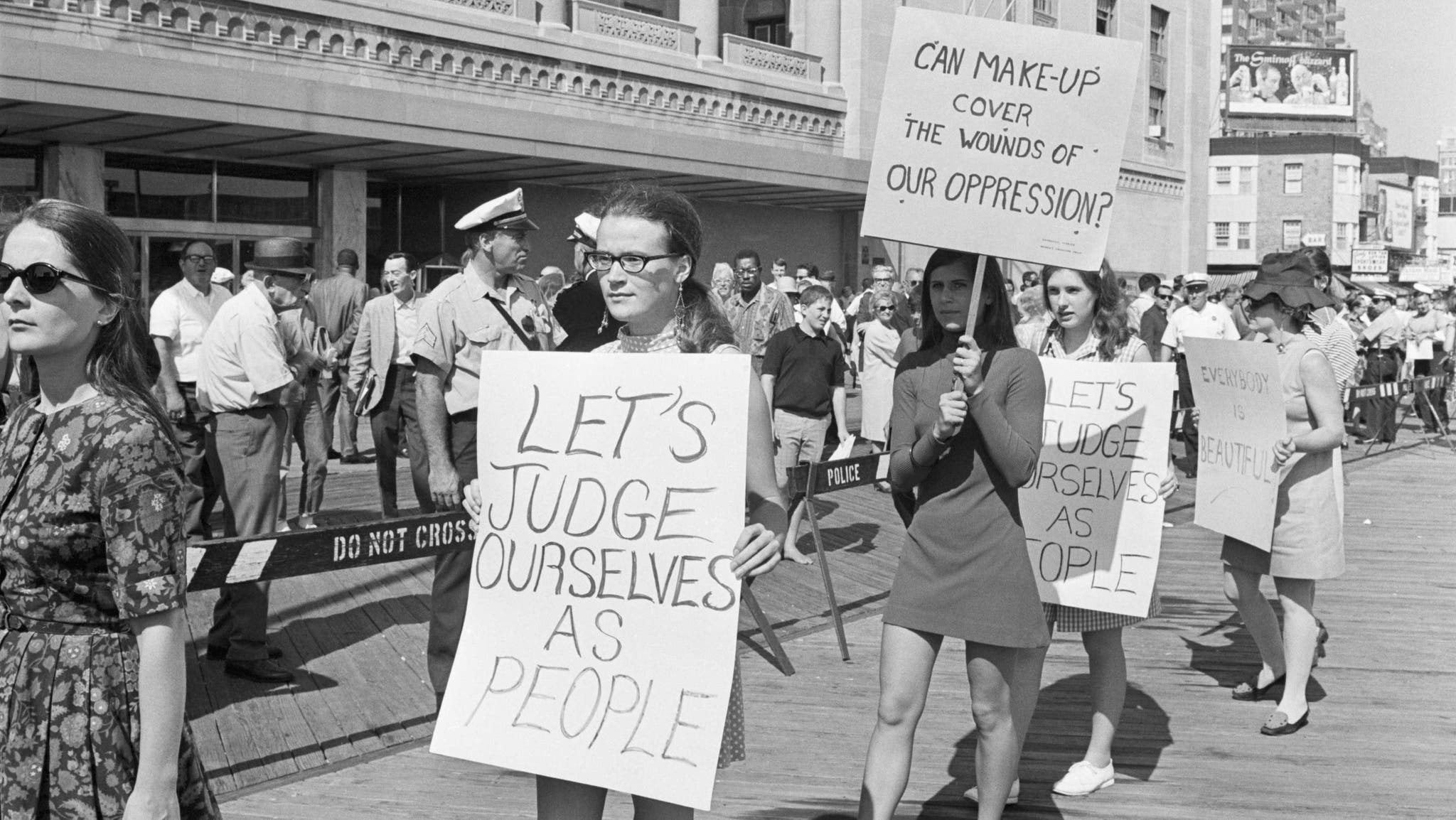
I can’t help but think that male involvement in the Miss Black America Pageant was critical to its warm reception, especially since men were barred from participating in the protests down the street. (New York Radical Women even forbade male journalists from interviewing participants.)
The strategic differences between the two events couldn’t have been more stark, nor the message more similar. While the Miss America Pageant protests on the boardwalk were meant to cast derision on men’s control of women’s bodies, the Miss Black America Pageant aimed to take ownership of Black beauty. Both events were after the same goals: to give women a voice in their own image, the power to decide what makes them feel powerful, and the platform to enact change for their communities.
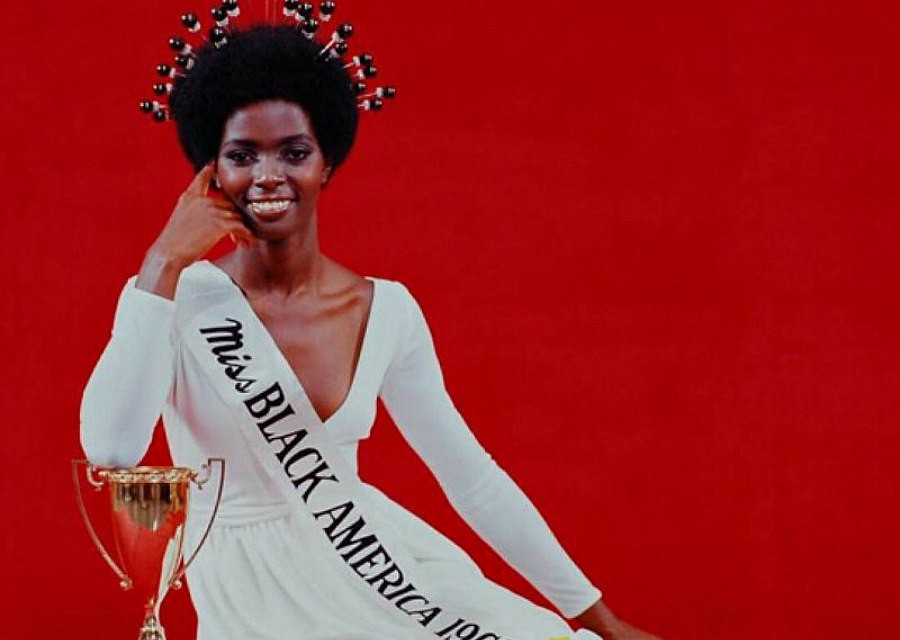
Miss Saundra Williams, crowned the first Miss Black America, gave a monologue entitled “I Am Black,” performed an African dance, and wore her hair in a natural halo of curls. Miss Williams took ownership of her roots before, during, and after her coronation. Rather than the event pressuring its contestants into following the more marketable approach of the longstanding Miss America Pageant, the organizers and contestants took it as an opportunity to speak directly to their own demographic and define beauty on their own terms.
Whether it's suffrage, the right to divorce, or the profit of our bodies, women have been fighting the same battles head on for centuries with abysmal results. Truly, if we’re fighting the same stigmas in the next century, it will come at no surprise.
Maybe the Miss Black America pageant has the right idea. We learned in looking at fashions of the Civil Rights Movement (of which many of its leaders were involved in this pageant) that the old saying holds true: it’s easier to catch flies with honey. I don’t believe that Miss Black America capitulates to the structure of how white America judges beauty, but rather makes room, and in doing so, diminishes the power of the mainstream.
While New York Radical Women and other women's liberation movements battle the mainstream head on, efforts such as the invention of Miss Black America flank our culture. In a trench war so long and grueling, I have no doubt that these mainstream ideals will sadly stand the test of time…
But they'll also be fighting for oxygen with every new space we create.

Saundra Williams speaking at the 369th Regiment Armory in Harlem New York, 1968.


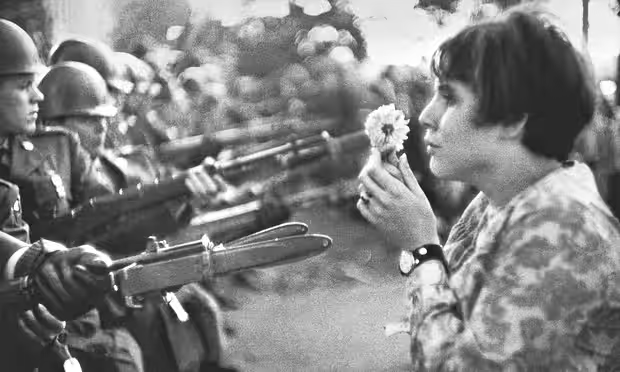
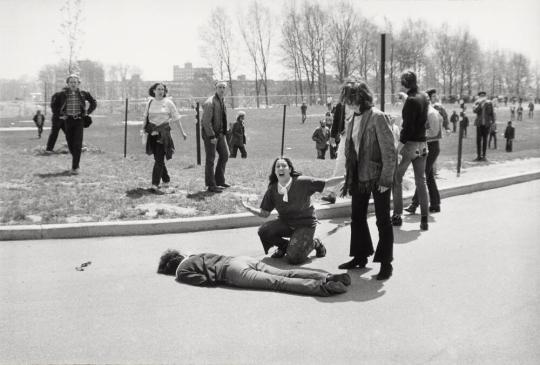
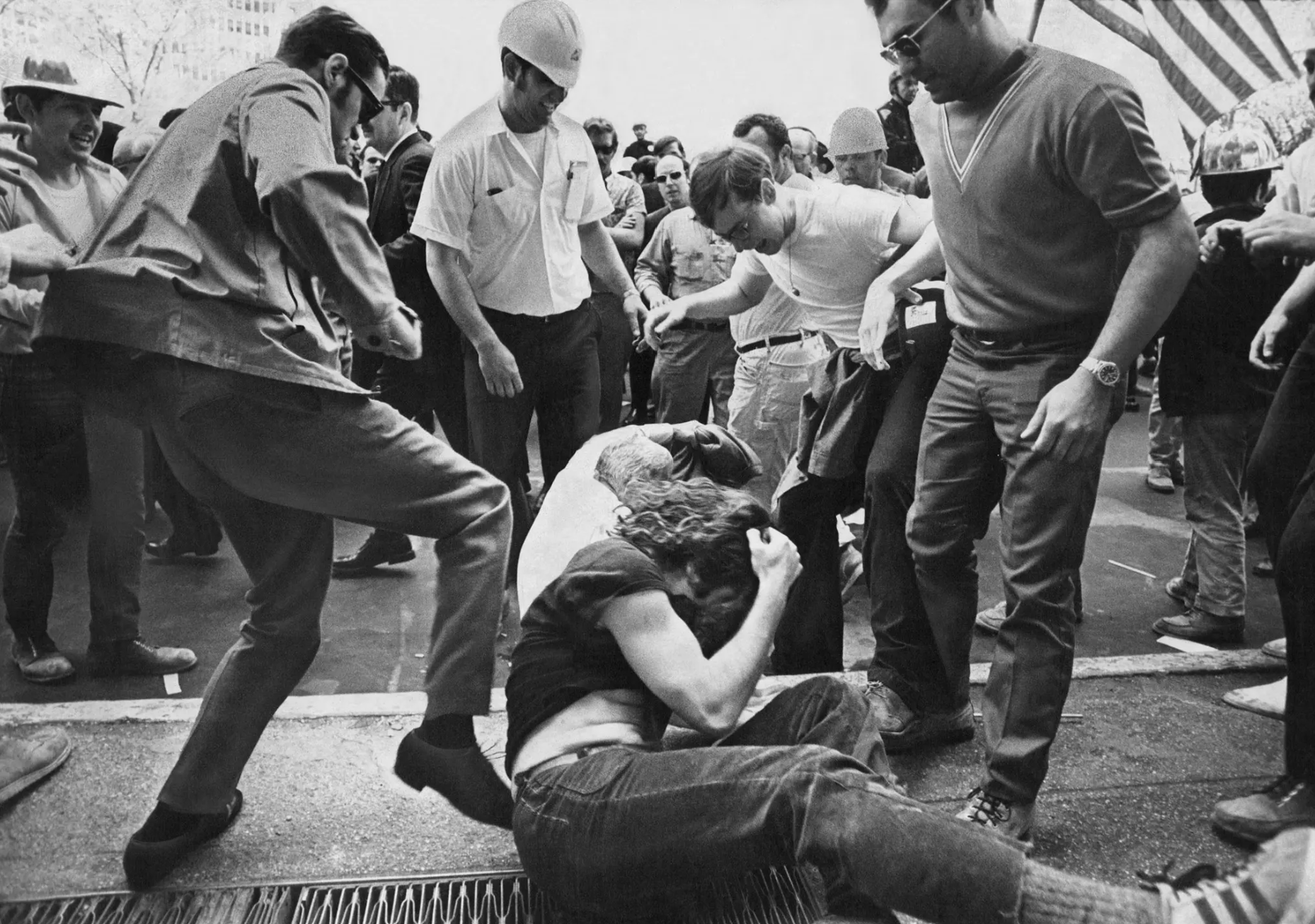
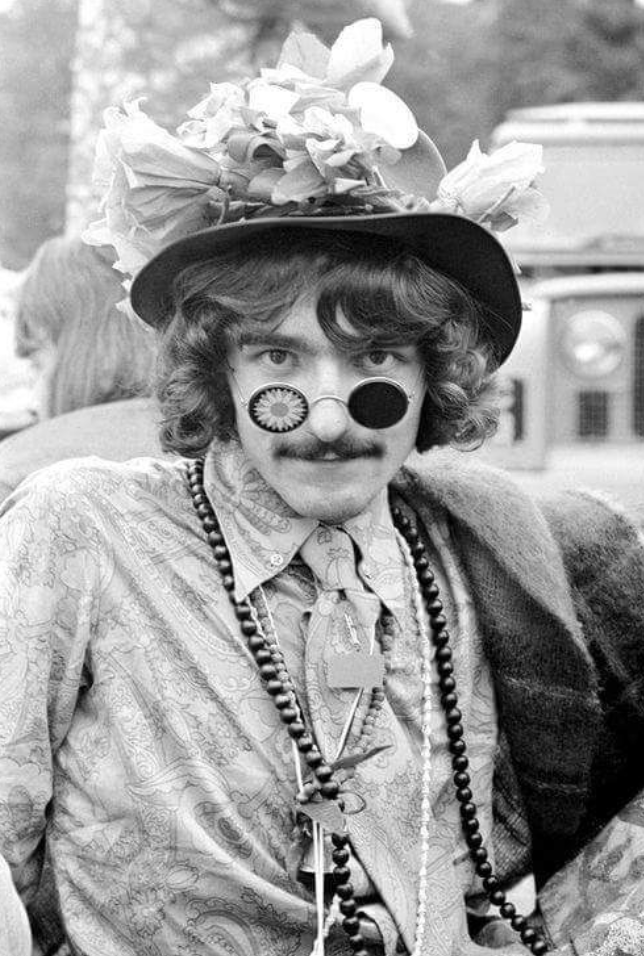

![[June 26, 1970] Hard Hats & Flower Power Collide](https://galacticjourney.org/wp-content/uploads/2025/06/Screenshot-2025-06-18-230824-672x372.png)
![[March 22, 1970] Fashion: The Mystical is Going Mainstream](https://galacticjourney.org/wp-content/uploads/2025/03/Mama-Cass-the-Fool-HAIR-party-1-672x372.png)

![[December 18, 1969] Everyman's Sports (ski outfits of 1969!)](https://galacticjourney.org/wp-content/uploads/2024/12/Vogue-matching-knit-ski-suits-e1734384341861-672x372.jpg)

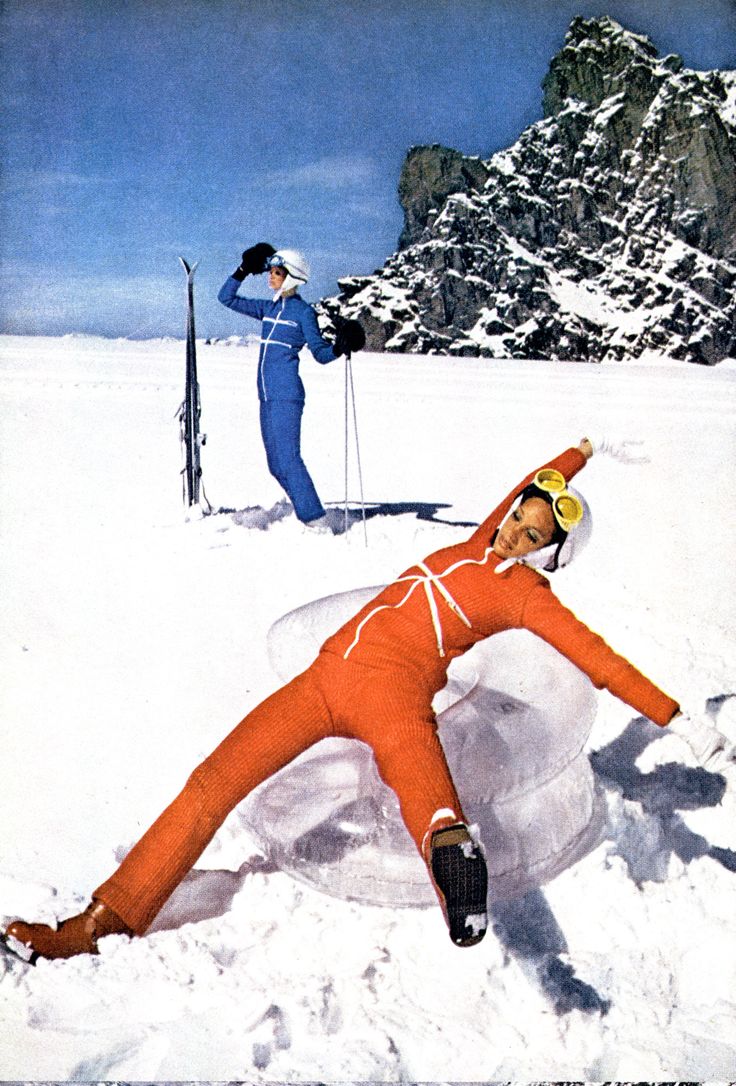
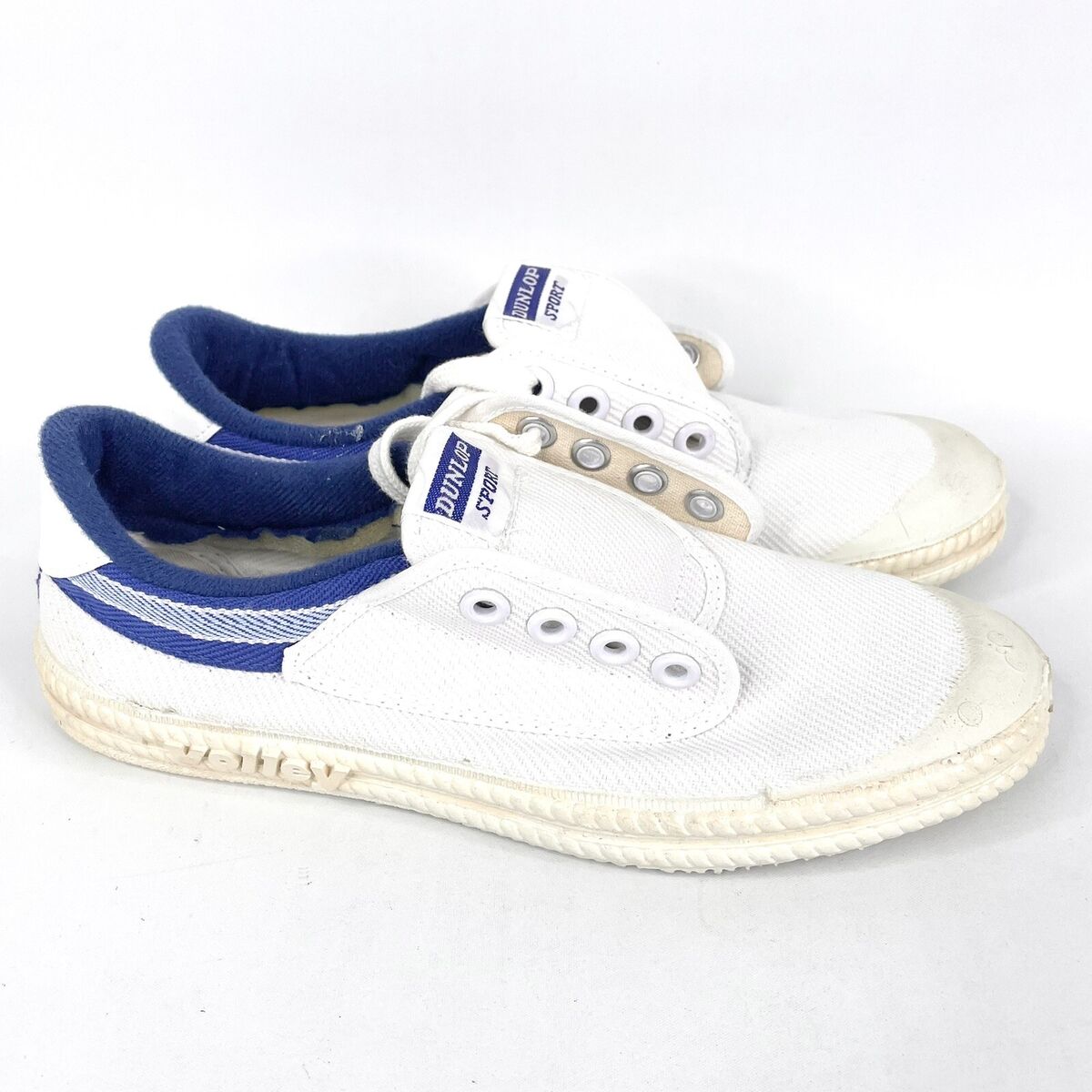



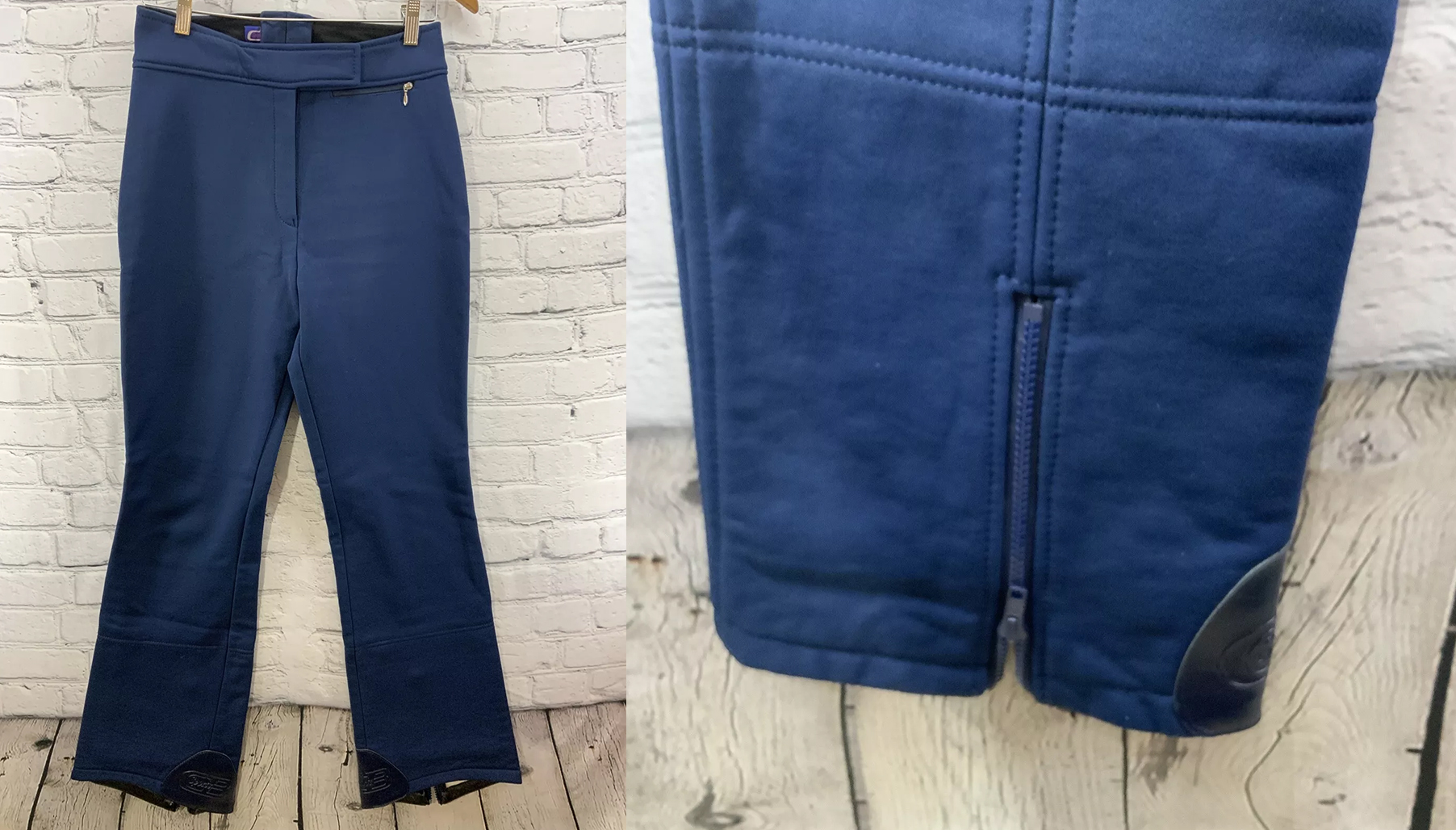


![[September 18, 1969] Neo-Rococo Dreaming](https://galacticjourney.org/wp-content/uploads/2024/09/1_JimLee-OssieClark-Aeroplane1969_crop-800x450.jpeg-1-672x372.webp)
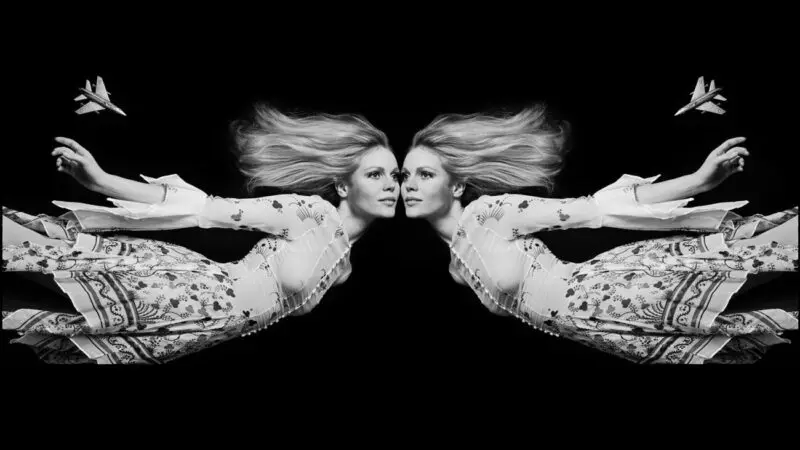

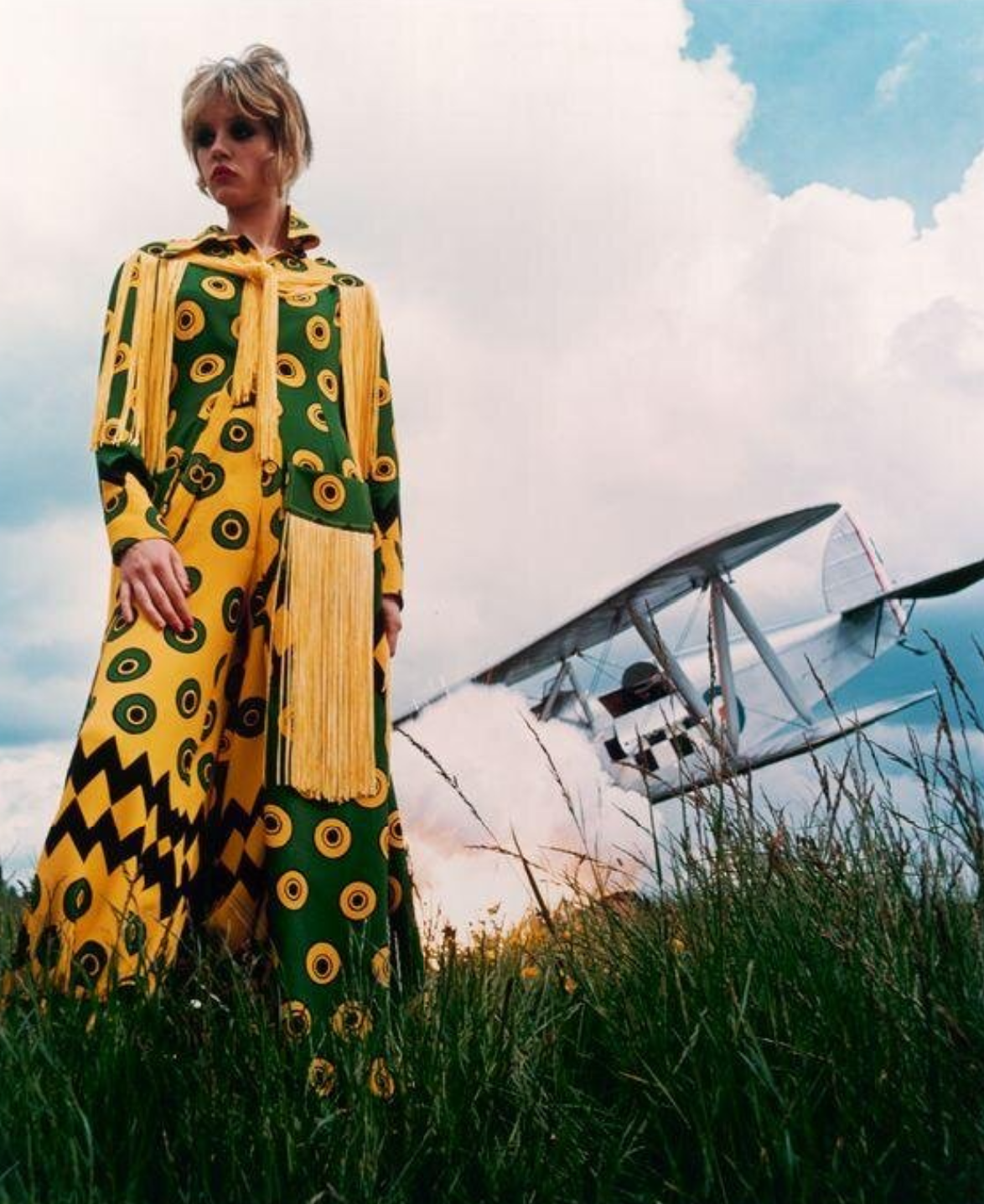

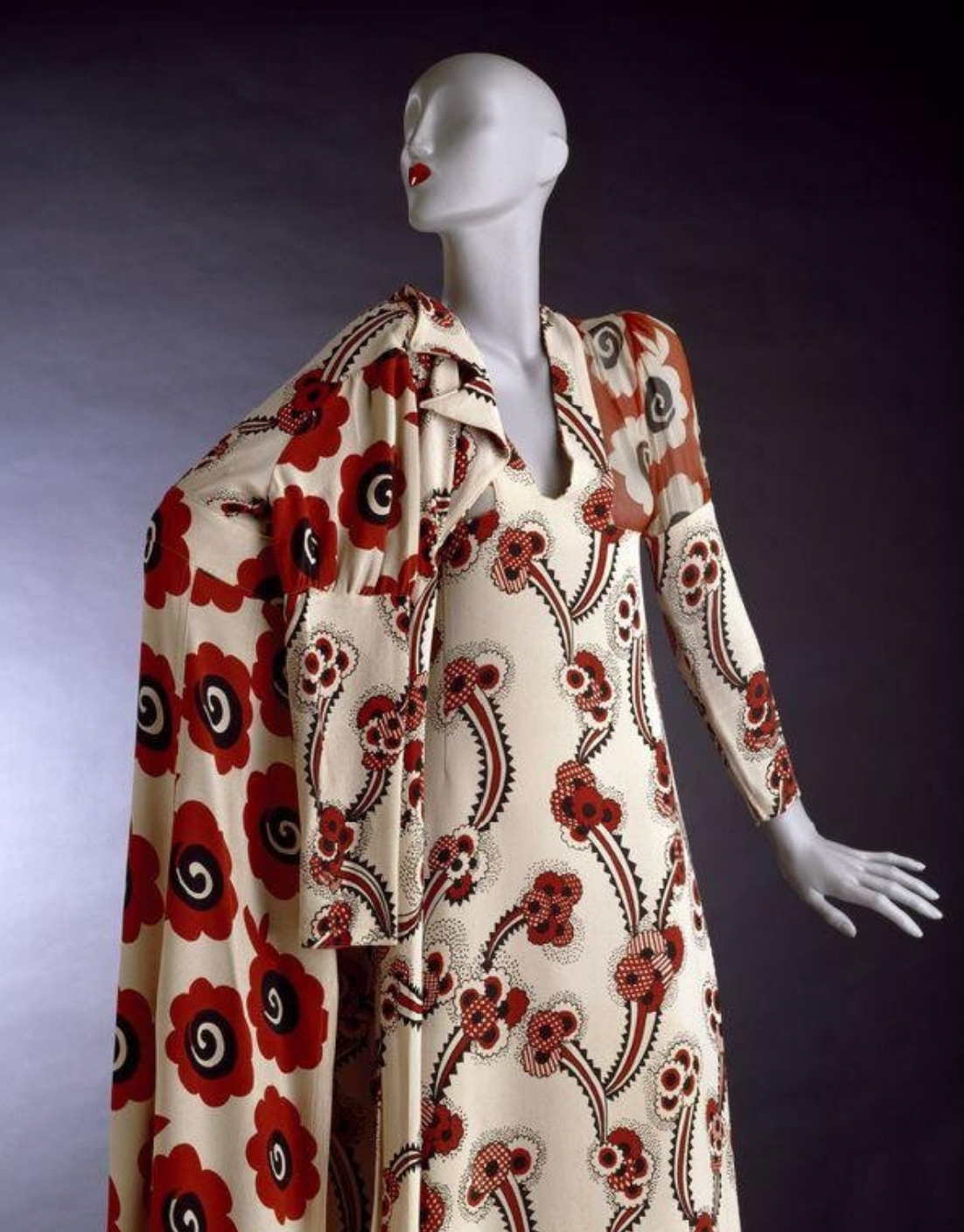



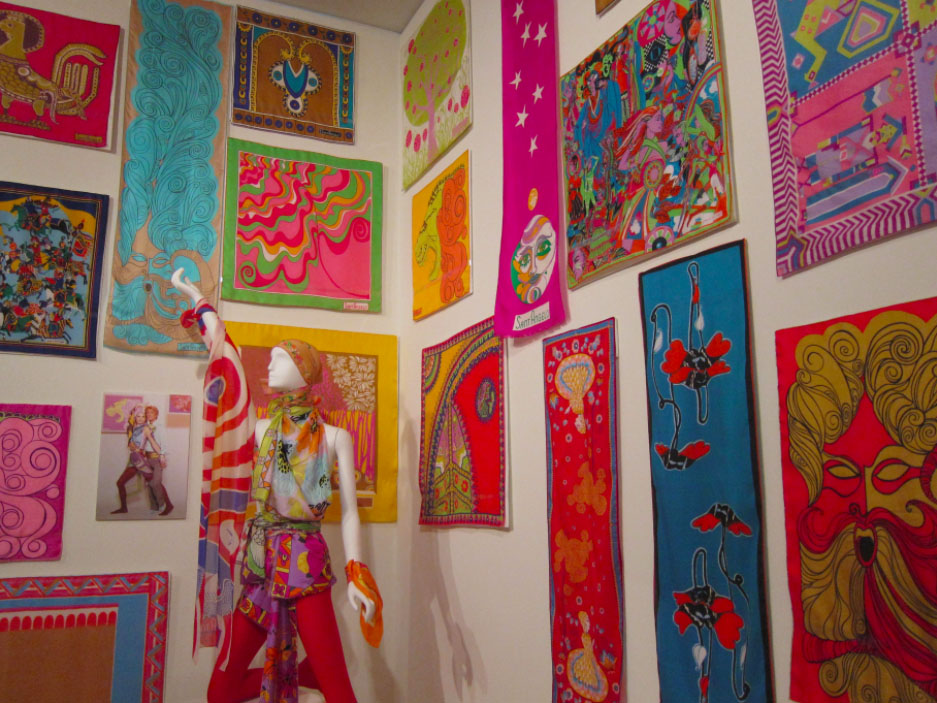
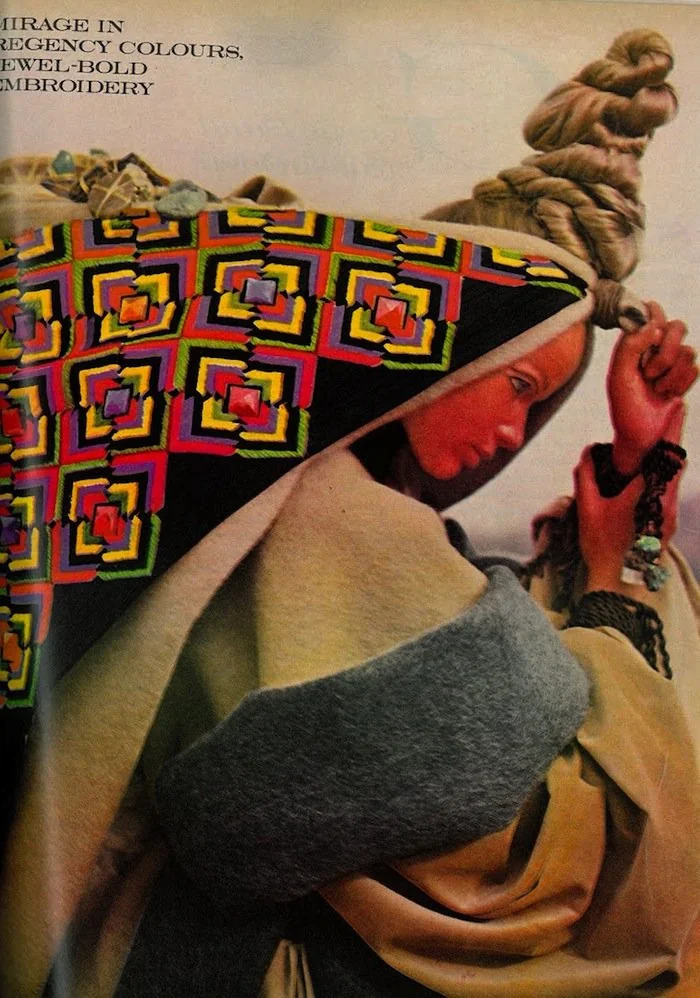

![[July 12, 1969] Paco Rabanne and the Theater of War](https://galacticjourney.org/wp-content/uploads/2024/07/Francoise-hardy-in-Rabanne-60s-500x372.jpg)



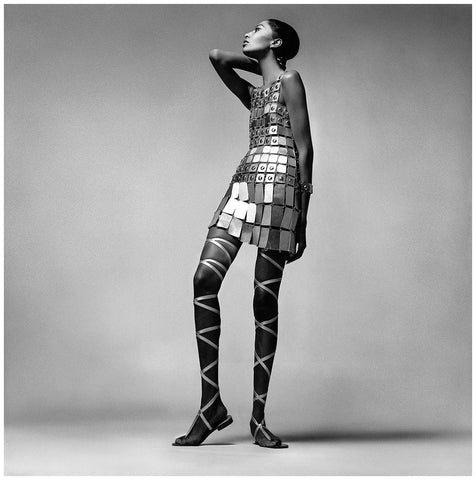
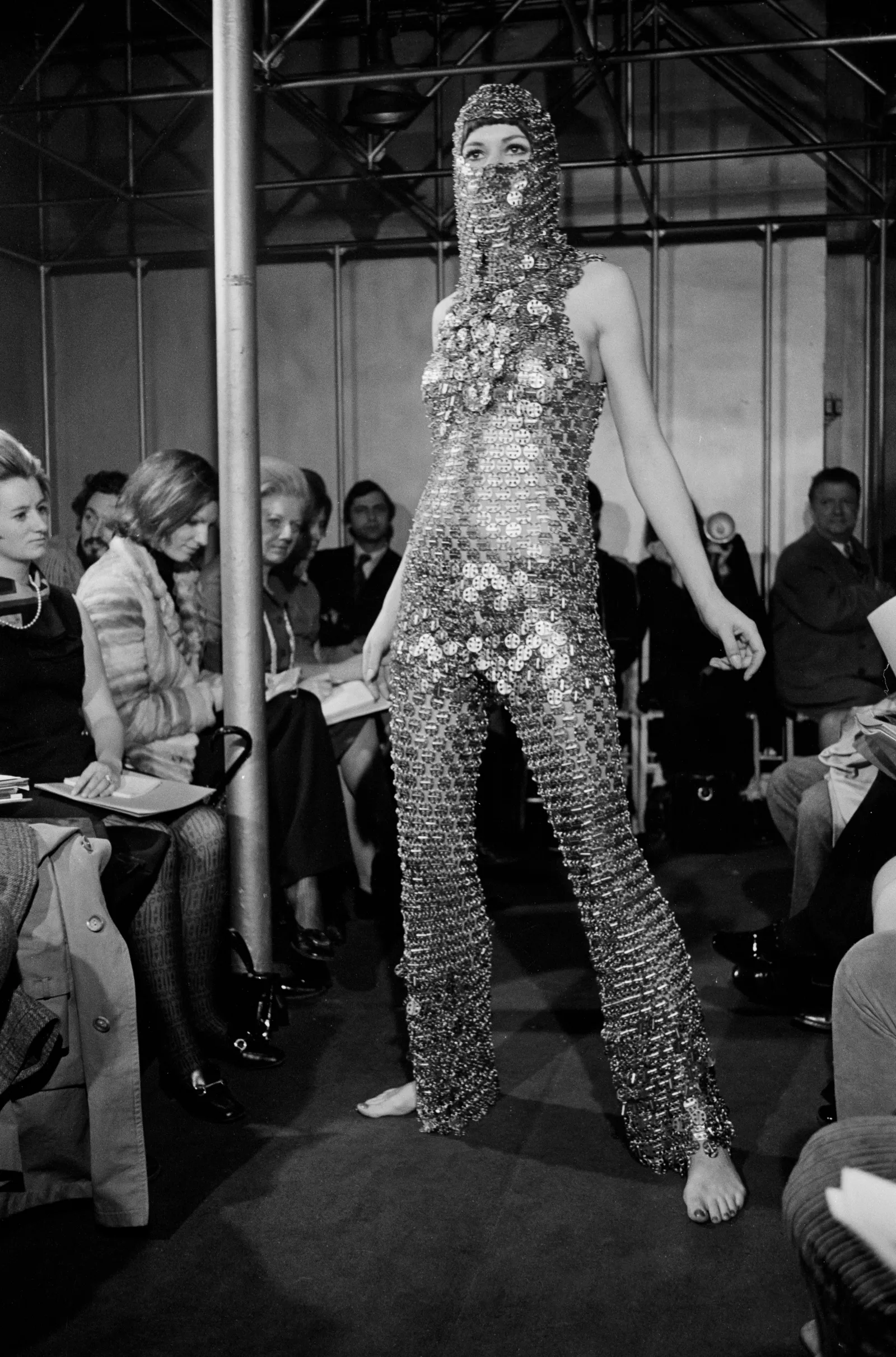


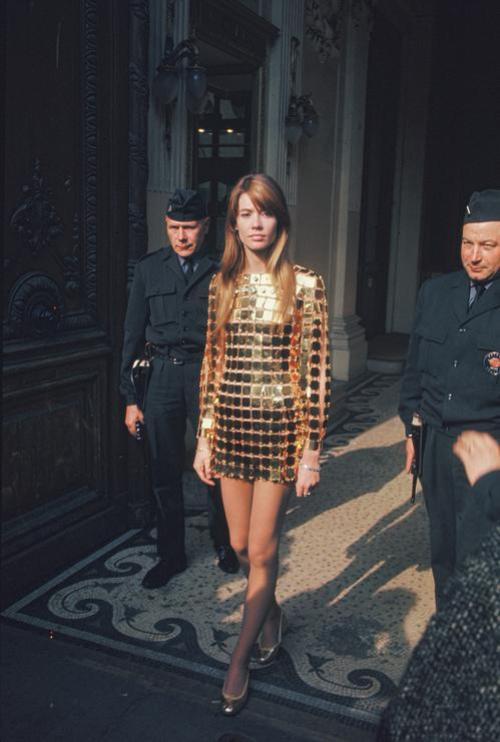
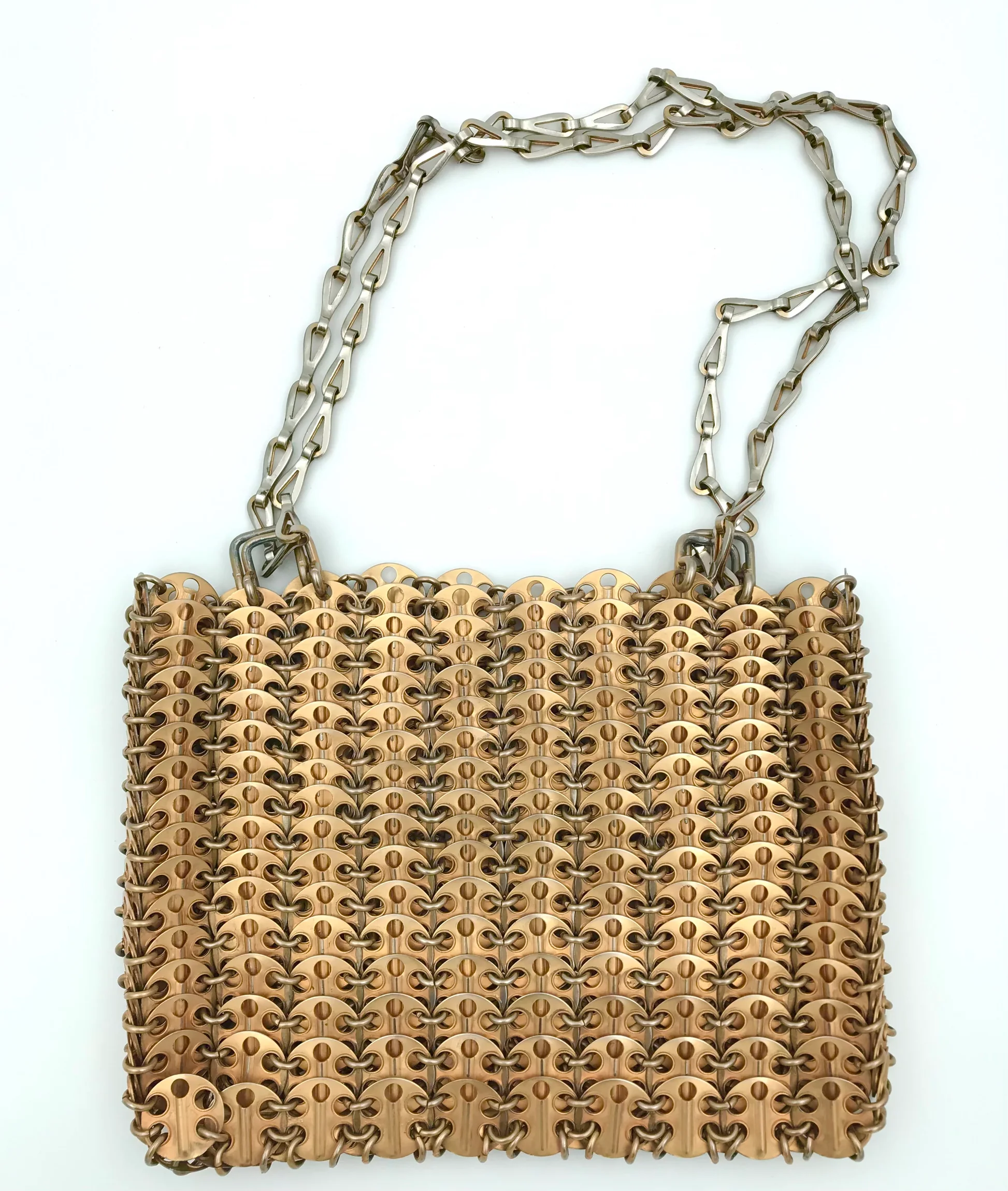

![[March 22, 1969] Flowers Are Better Than Bullets](https://galacticjourney.org/wp-content/uploads/2024/03/tinker-kids-1968-672x372.webp)

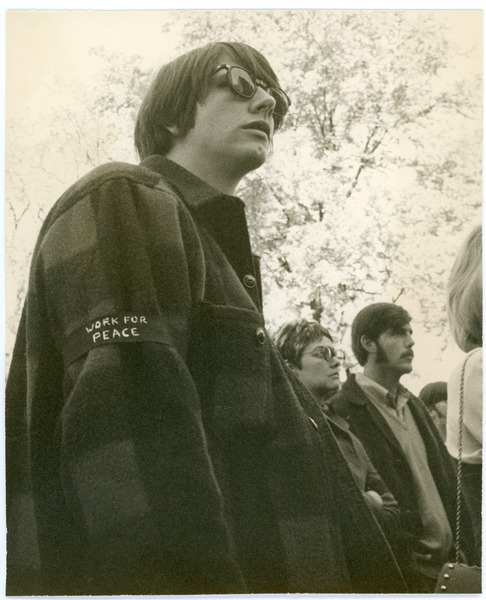
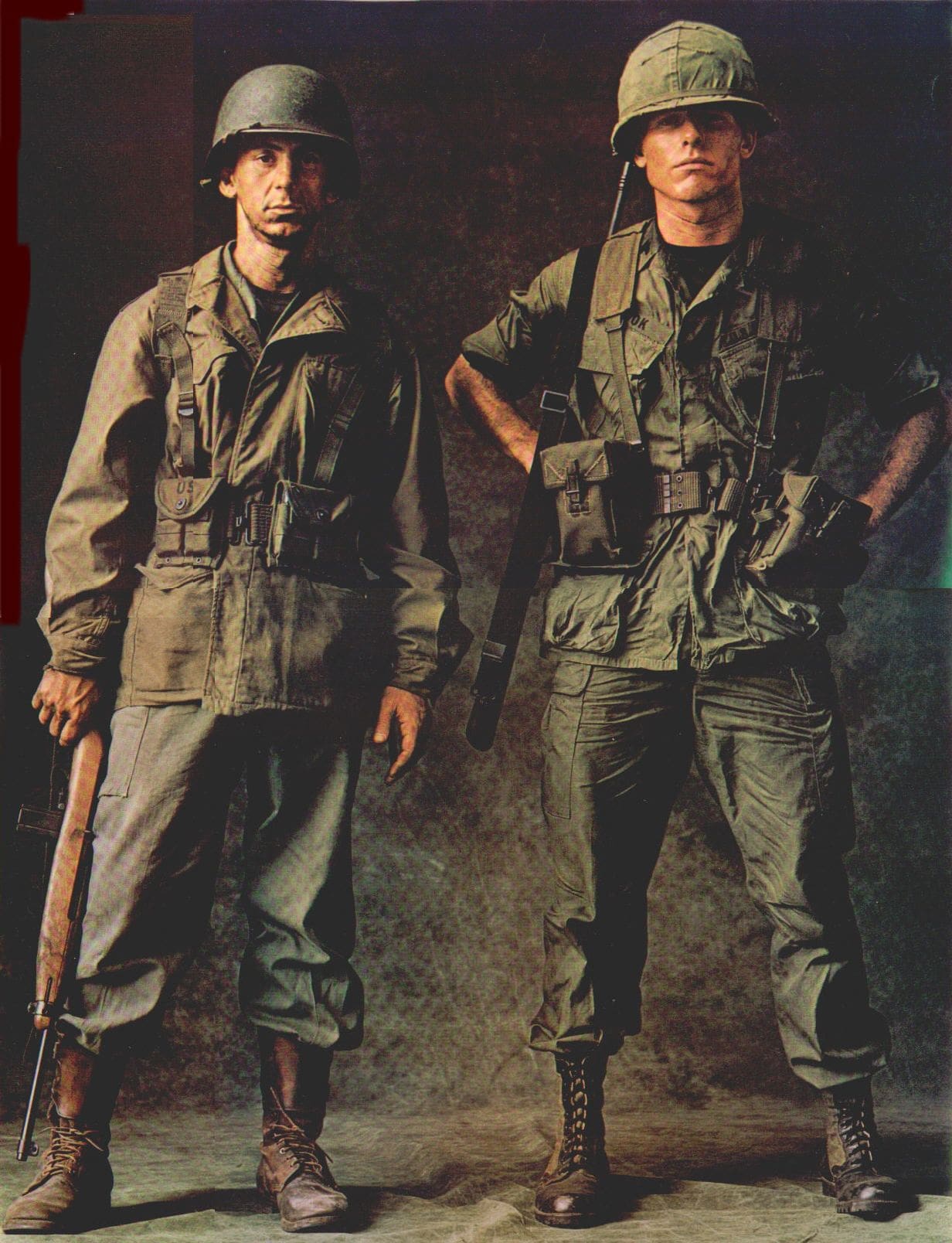

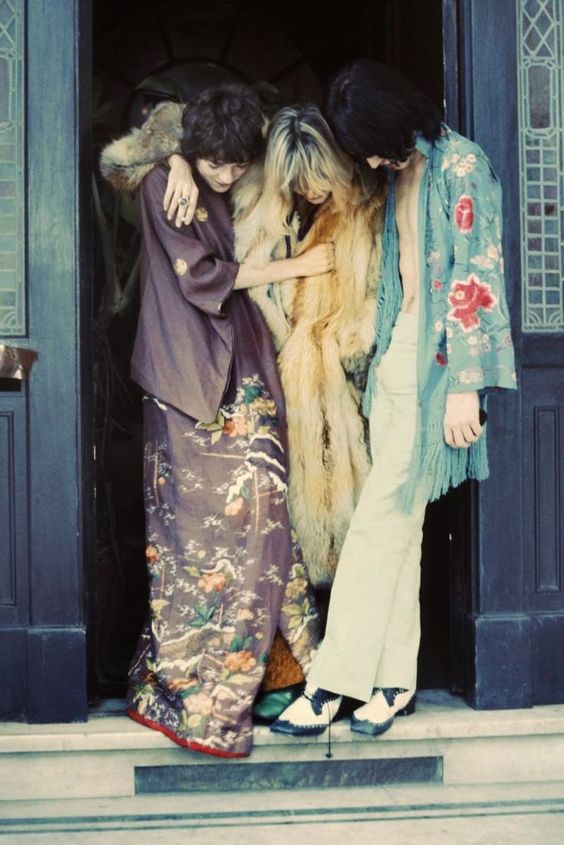
![[December 14, 1968] The Emperor's New Nehru](https://galacticjourney.org/wp-content/uploads/2023/12/Cardin-600x372.jpg)

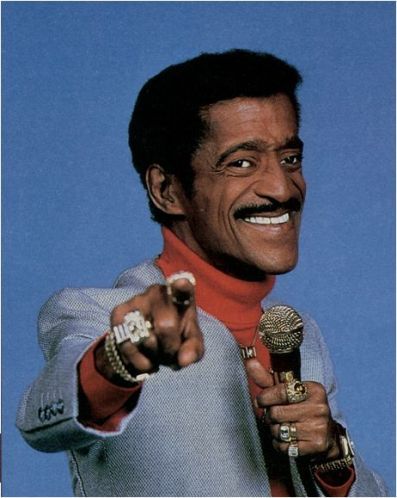


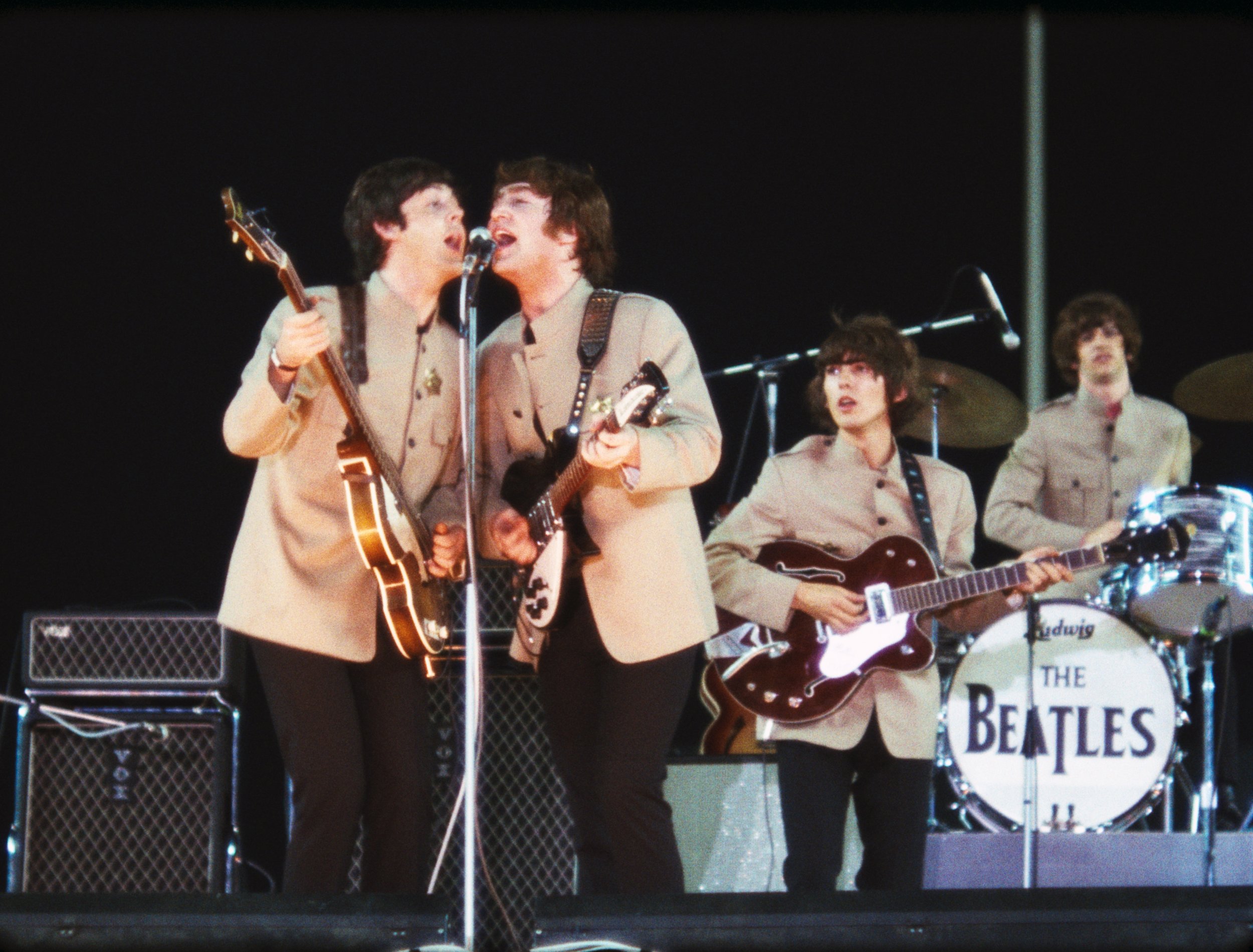
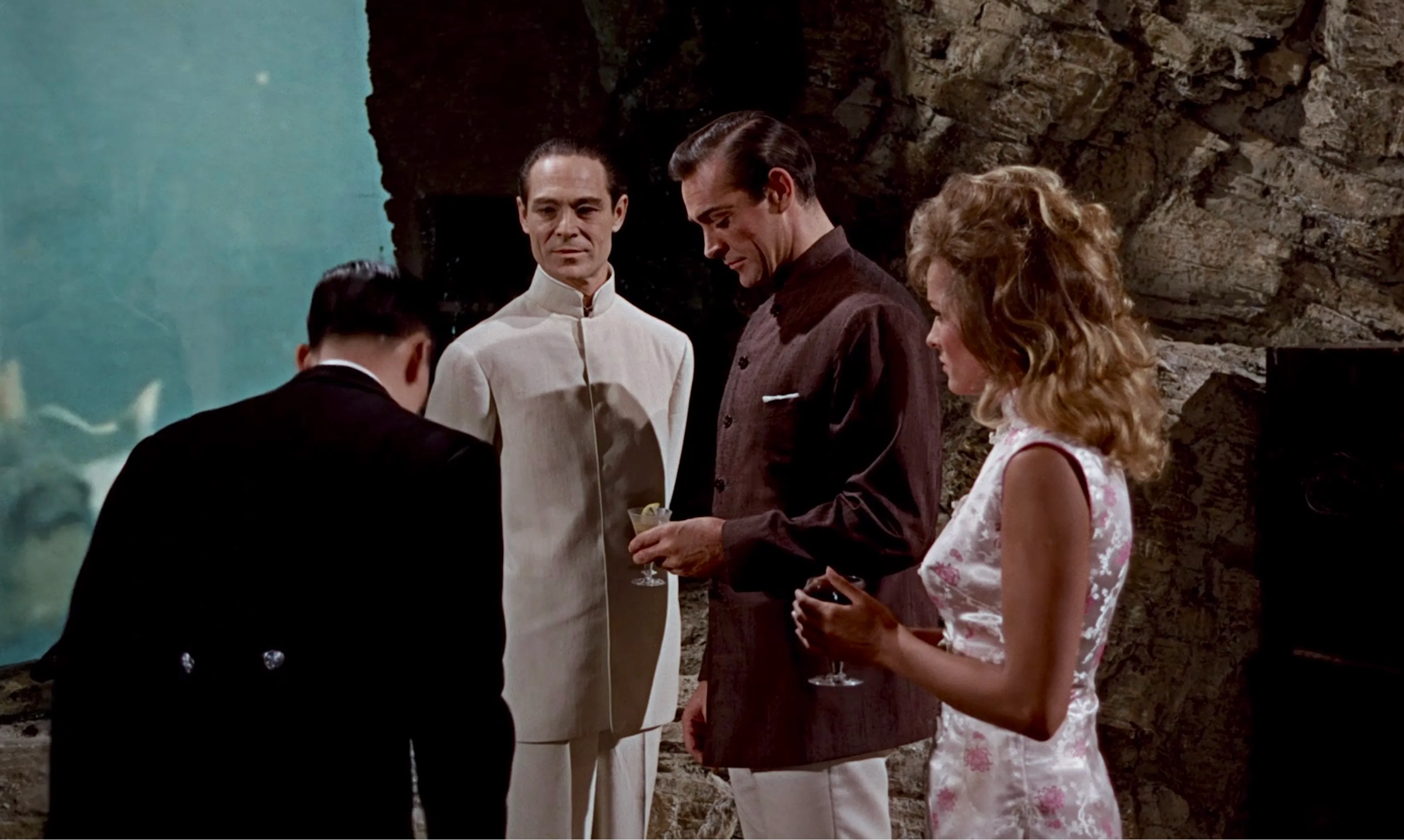

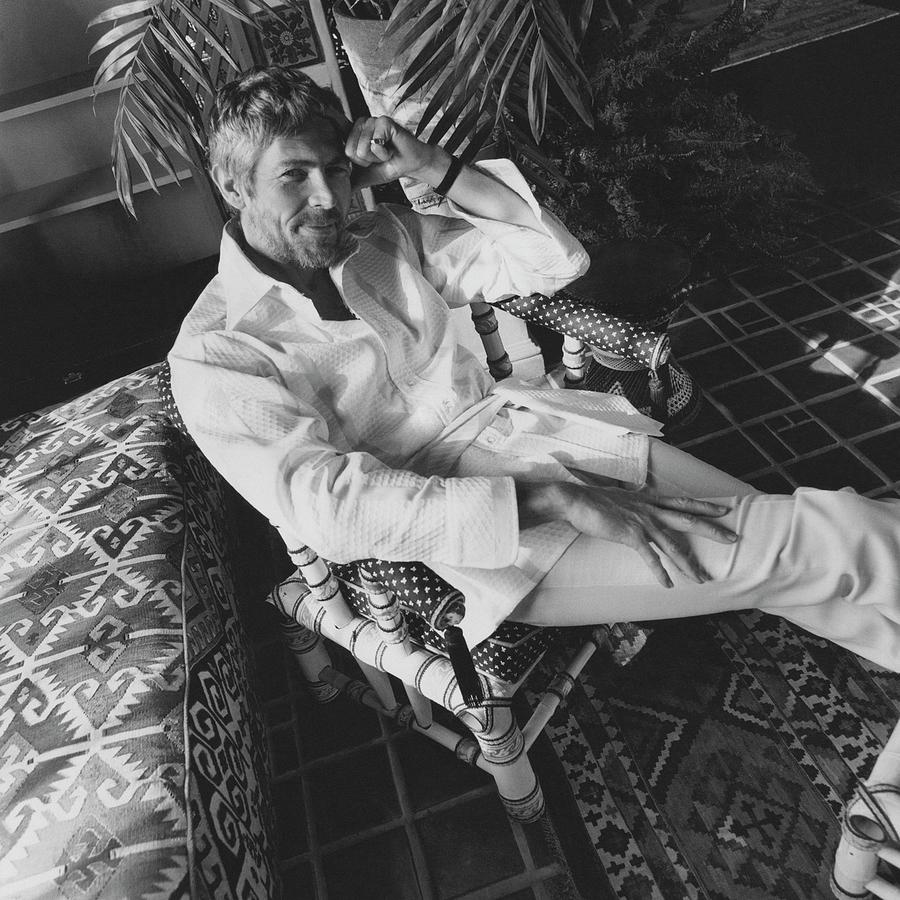
![[September 22, 1968] Pageantry and Picket Signs](https://galacticjourney.org/wp-content/uploads/2023/09/59724995ab6cf.image_-672x372.jpg)








![[June 24, 1968] Martin Luther King Jr. and the Fashion of Neighborly Protest](https://galacticjourney.org/wp-content/uploads/2023/06/AP_680328013-672x372.jpg)
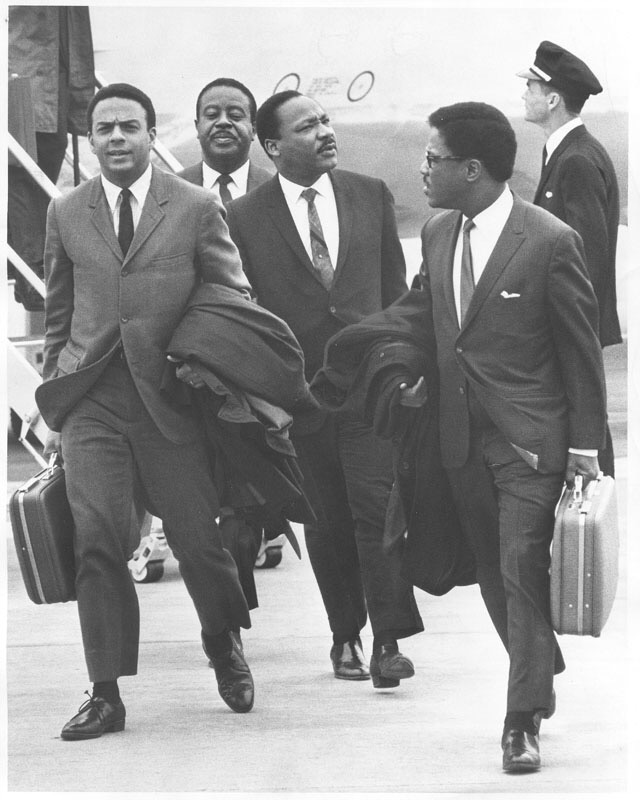
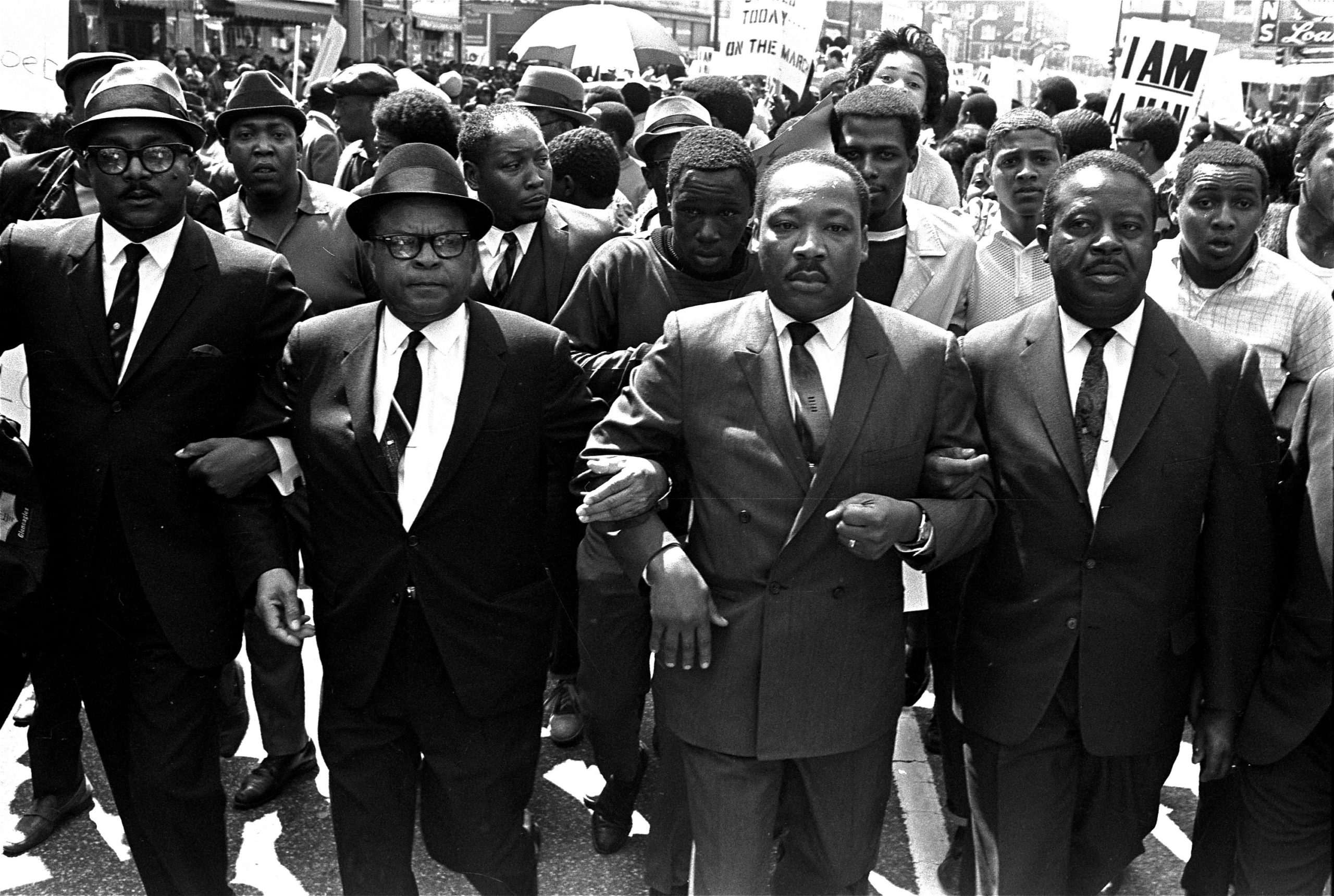

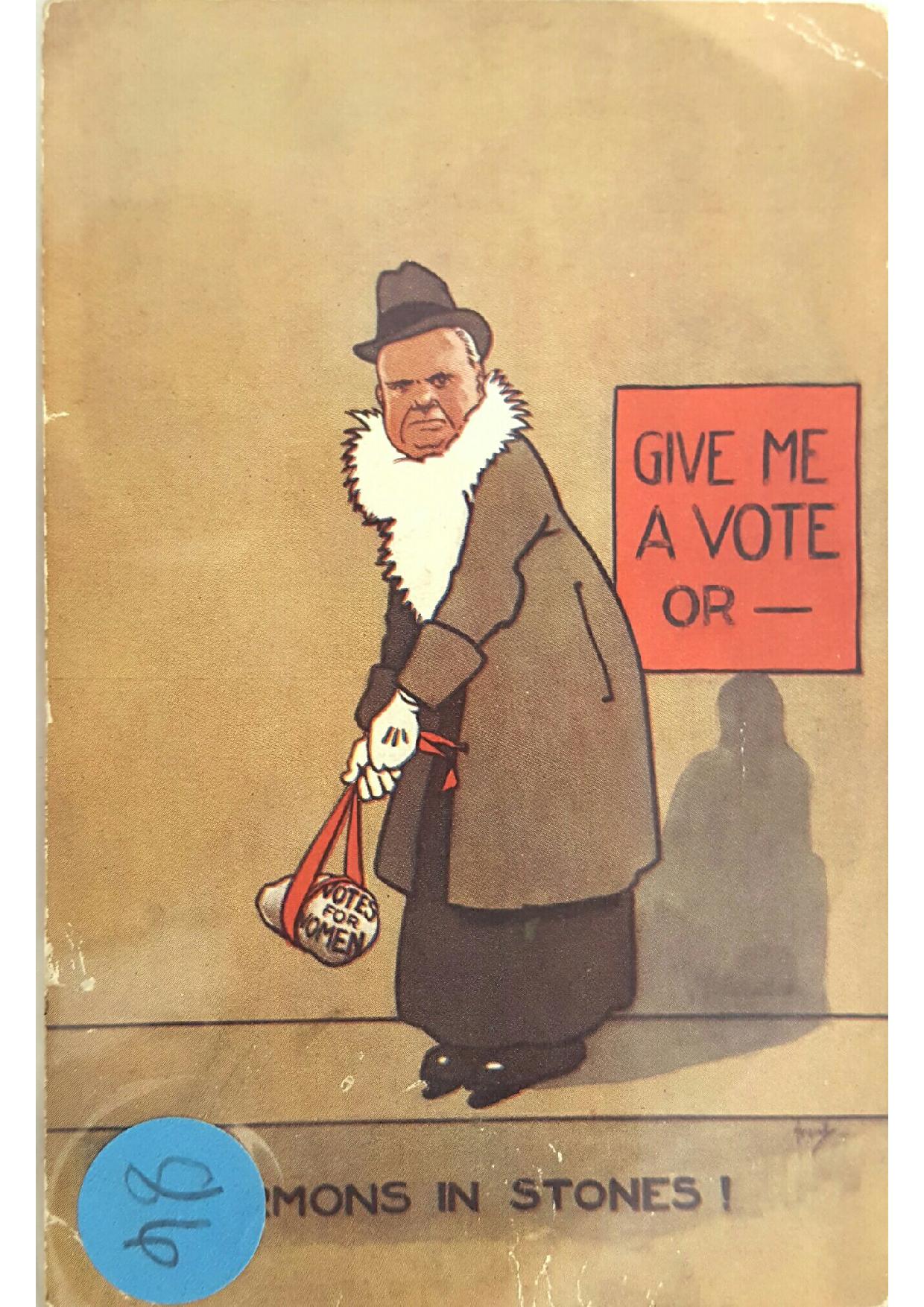
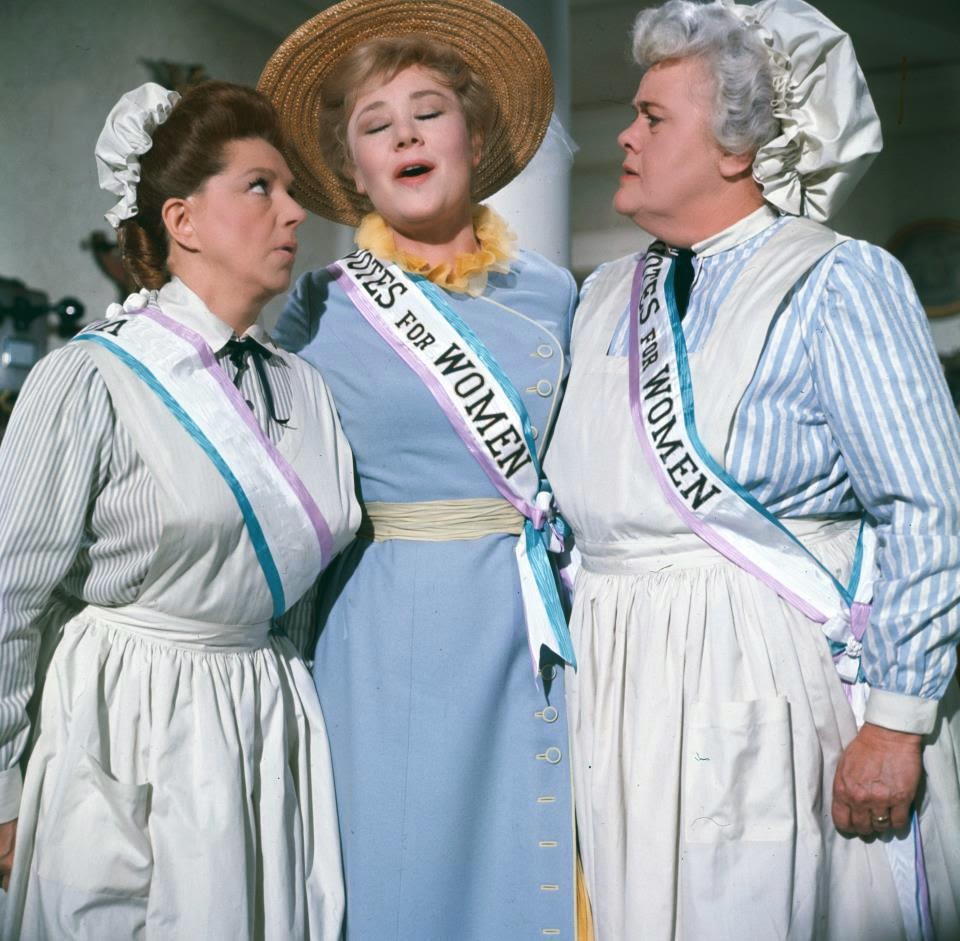
![[March 24, 1968] A Frivolous Escape into Fashion](https://galacticjourney.org/wp-content/uploads/2023/03/pg-2-scaled.jpg)




